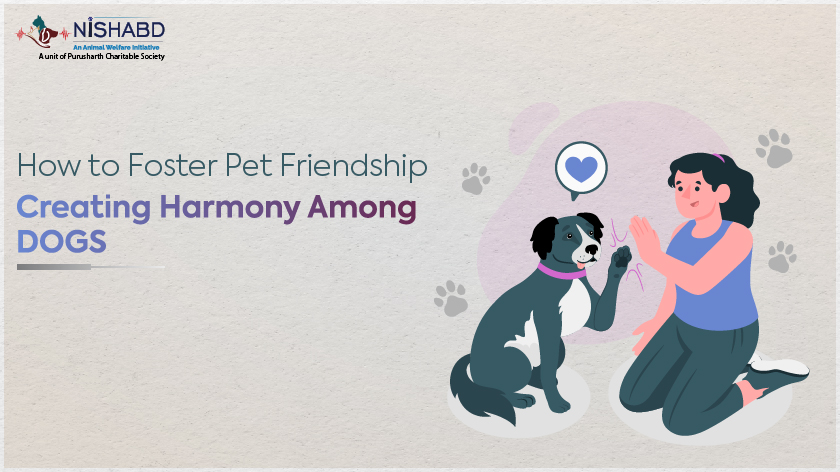How to Stop Your Dog From Door Dashing: Tips and Techniques for a Safer Home

You’re not alone if you have a dog that dashes towards the door every time it opens. Many dog owners face the challenge of door dashing, which can be frustrating and potentially dangerous. From escaping into the street to causing accidents or getting lost, door dashing poses significant risks for our furry friends. Here we will explore practical strategies and techniques to help you prevent door-dashing behavior and create a safer environment for your beloved canine companion.
“Training a dog to stop door dashing is not just about teaching them self-control; it’s about creating a safe and secure world where they can thrive.”
Understanding Door Dashing:
Door dashing refers to the impulsive behavior of dogs running out the door without restraint as soon as it opens. It often stems from excitement, curiosity, or the desire to explore the world beyond the confines of their home. However, this behavior can be alarming and risk your dog’s safety[1].
Training Techniques to Prevent Door Dashing:
- Basic Obedience Training: Investing time in basic obedience training is crucial in teaching your dog self-control and obedience. Commands such as “sit,” “stay,” and “wait” become essential tools in managing door-dashing behavior. Consistent practice and positive reinforcement will reinforce these commands and help your dog associate them with calmness and waiting patiently.
- Use Visual and Auditory Cues: Place visual cues near the door, such as a boundary line or a “wait” sign, to remind your dog to pause and wait. Additionally, use auditory cues like a specific doorbell sound or a verbal command to signal that your dog should stay back when the door is opened.
- Leash Training: Attaching a leash to your dog before opening the door provides additional control and safety. Hold the leash firmly and prevent your dog from moving forward until you give the command to proceed. Gradually, your dog will associate the open door with the need to wait and stay close to you.
- Establish a Safety Zone: Designate a specific area, such as a mat or a spot, where your dog should go and wait whenever the door is opened. Train your dog to associate this spot with positive experiences, such as treats or praise, to motivate them to stay there.
- Manage Excitement: Excitement often triggers door-dashing behavior. Teach your dog to manage the excitement levels through exercises like impulse control training and calming techniques. Engage in pre-walk activities or mental stimulation exercises to help your dog expend excess energy before opening the door.
- Reinforce Positive Behavior: Reward your dog with praise, treats, or playtime when they exhibit calm behavior near the door. Positive reinforcement helps create positive associations and encourages your dog to repeat the desired behavior.
Maintaining Consistency and Safety:
Consistency is crucial in preventing door dashing. Ensure all family members and visitors know the training techniques and follow the established protocols. Take extra precautions during busy times or when visitors are coming and going to prevent accidental escapes.
Additionally, reinforce safety measures by securing your property’s boundaries with fences or gates. Microchipping and using identification tags on your dog’s collar provide added security if they escape.
Preventing door dashing is essential for the safety and well-being of your dog. By implementing effective training techniques, establishing clear boundaries, and reinforcing positive behavior, you can create a secure environment and reduce the risk of your dog running out the door uncontrolled. Remember, patience and consistency are essential in any training process, and always prioritize your dog’s safety above all else.
“The journey of a thousand miles begins with a single step.” – Lao Tzu
Take that first step today in training your dog to stop door dashing. With love, patience, and proper guidance, you can create a peaceful and safe home environment where your dog understands the importance of waiting calmly by your side.
Note: The information provided in this blog is for educational purposes only and should not replace professional advice. You can consult with a certified dog trainer or behaviorist for personalized guidance and support based on your dog’s needs.
Read our Article: How to Foster Pet Friendship: Creating Harmony Among Dogs
